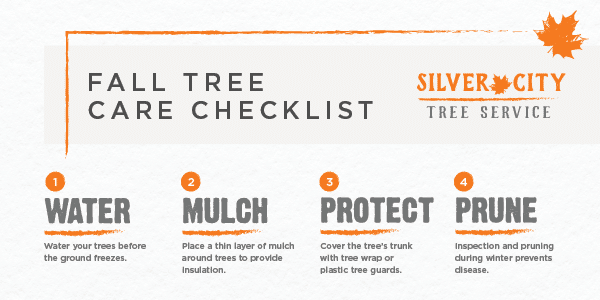Tree Care By Period: Reliable Techniques For Handling Trees Prior To And After Their Elimination
Tree Care By Period: Reliable Techniques For Handling Trees Prior To And After Their Elimination
Blog Article
Staff Author-
When it concerns seasonal tree treatment, ensuring correct monitoring prior to and after elimination can substantially influence the wellness and aesthetics of your landscape. By recognizing the required actions associated with evaluating tree health and wellness and planning for removal, you can proactively safeguard your residential property. Yet what concerning the important methods to follow once the tree is gone? Remain tuned to uncover the important post-removal treatment measures that will assist you grow a growing and lasting atmosphere for your trees.
Pre-Removal Tree Care
Before resolving the removal of a tree, it's critical to prioritize pre-removal tree care. Begin by assessing the tree's health and architectural stability. Look for indicators of illness, insect problems, or any type of architectural issues that might position a safety and security hazard during elimination. It's important to speak with a licensed arborist to figure out the very best course of action.
Pruning dead or diseased branches can avoid further damage to the tree and ensure a smoother elimination procedure.
Furthermore, think about the environmental influence of getting rid of the tree. Trees play an important role in our community, so growing a new tree in a suitable place can aid counter any loss. Make certain that you have the required permits and consents for tree elimination, especially if the tree is safeguarded by neighborhood policies.
Seasonal Upkeep Tips
Examining your tree's needs throughout the year is imperative for its health and long life. To maintain your trees in top condition, comply with these seasonal maintenance ideas.
In springtime, focus on pruning to remove dead or damaged branches and encourage brand-new development.
Summer season calls for regular watering, particularly throughout droughts, to guarantee your tree remains hydrated.
As fall methods, keep an eye out for early indicators of condition or tension, and consider applying mulch to secure the roots throughout winter season.
In winter season, be cautious when removing snow from branches to avoid breakage, and continue to check your tree's overall wellness.
Keep in mind to change your care routine based on the certain demands of your tree varieties and regional environment. By staying Read More In this article and positive throughout the seasons, you can help your trees thrive and prosper for years ahead.
Post-Removal Tree Care
To ensure the wellness of your landscape even after tree elimination, proper post-removal treatment is necessary. After a tree is gotten rid of, it's crucial to fill the staying opening with topsoil and compact it to stop settling. This will aid preserve the stability of the ground and protect against prospective dangers in the future.
Take into consideration growing new vegetation instead of the removed tree to restore the equilibrium and visual appeals of your landscape. On a regular basis water the location to promote the development of brand-new plants and protect against soil erosion.
Check the bordering trees for any kind of indications of illness or stress that might have been brought on by the eliminated tree. Watch out for parasites that may've been brought in to the previous tree and take preventive measures to safeguard the continuing to be greenery.
If necessary, speak with an expert arborist to evaluate the influence of the elimination on the bordering trees and identify any type of extra treatment needed. By arborist education to these post-removal care steps, you can ensure the continued wellness and appeal of your landscape.
Conclusion
To conclude, proactive seasonal tree treatment is vital for preserving the health and equilibrium of your landscape. By analyzing tree wellness, pruning, and talking to an arborist prior to removal, you can make sure a risk-free procedure. After removal, filling the hole, planting new plants, and normal watering will advertise brand-new growth and prevent erosion. Keep in mind to inspect bordering trees for disease and look for further treatment measures from an arborist to keep your landscape thriving.
